Trees, jam-packed roads, clouds, shrinking residences, rain, noir films, children’s toys: there is so much to look at, experience, and get inspired from in our diurnal routines. When an artist or designer decides to pick up these references, sans themes, and build an array of objects that emulate their aura, it results in a large body of diverse creative offerings. Emulating these hallmark physiognomy from real-life animate and inanimate objects and phenomena as inspiration, Switzerland-based architecture and design firm Studioforma crafts objects and spaces that mirror the banality and beauty of ordinary experiences. “The desire to reinterpret the essentials of Art Deco, luxury, quality, and glamour, have induced my vision for Studioforma,” says Alex Leuzinger, founder of Zurich-based Studioforma. Delving further into the studio’s practice, we connected with the studio to better understand Leuzinger’s journey as an architect, product designer, interior designer, and the lead designer at Studioforma, as well as the story behind some of our favourite picks from the studio’s variegated body of work.
Alex Leuzinger, an admirer of art, design, and architecture right from his primal years, has always used this creative medium as his preferred mode of expression. As a young adult, he forayed into the world of architecture as a student at ETH Zurich. After his graduation in 1998 and a brief stint in the creative industry, he founded Studioforma with a former business partner. Currently, the studio head, Leuzinger guides the studio’s processes and approach with the intent of helping clients refine and realise their vision, while also infusing these designs with boldness.
Studioforma, founded in the year 2002, began as a traditional architectural firm where small-scale projects slowly gave way to larger architectural projects. Over the years, Leuzinger’s love for luxury products and fashion brands paved the way for collaborations with various retail brands such as Cartier, Dolce & Gabbana, Harry Winston Hublot, Swarovski, Tissot and Piaget amongst others. Consequently, an opportunity to develop conceptual propositions for stores was made available to the studio. In the past two decades, Studioforma has managed to experiment and develop various projects in the fields of interior design, product design, and architecture. Across these different disciplines, the guiding principles that influence the studio’s creative choices remain the same. While their personal projects, which majorly include product design pieces and collections, carry a distinctive style, projects undertaken for brands and other clients are developed in order to fulfil the latter’s vision. “Our paramount principle is to deliver quality across all levels. This signature trait is seen in all our projects including how we skillfully combine materials, surfaces, textures, and colours to create volumes and spaces,” Studioforma told STIR, delineating the philosophy that guides them. In their pursuit of forging items and spaces of the highest quality, the studio also seeks collaboration with corporations and established businesses and brands known for their profound savoir-faire.
All projects at the studio begin with rough conceptual sketches by in-house designers. These sketches and prototypes are reviewed and re-iterated amongst the members of the design team in different forms and with different materials. Post this, the concepts are developed on 3D modelling programs and prototyped again and again until a design is finalised. When asked what steps the studio is taking to promote a greener, more sustainable future, the studio shares a common vision. “We create our products to consist of at least two-thirds of naturally grown materials such as walnut wood, etc. We also reuse waste materials and give them a new purpose. In the aspect of the production processes, we are mindful of how our producers develop the resources needed for production,” they share. One of the innovative materials that Studioforma has experimented with is cork, particularly for their Karukera cocktail table, designed for Roche Bobois. However, the studio focuses more on developing creative solutions and hence hands over the responsibility of technicalities to experts.
Leuzinger, who appreciates the hedonistic approach of design, believes that almost all objects not meant for utilitarian purposes are created to provide excitement and pleasure to users as well as design enthusiasts. He believes that this purpose is not in vain, and instead, it serves the purpose of inspiring unique and out-of-the-box ideas. Some divergent artists who are amongst his favourites include the late American artist Jean-Michel Basquiat, Australian artist CJ Hendry, and Japanese contemporary artist and founder of the Superflat movement, Takashi Murakami.
In response to these extravagant sources of inspiration, Studioforma develops designs that range from exaggerated sculptural objects to playful items that induce nostalgia and a sense of calm around them. Some examples include their Clodette chair and the Tribu sofa. Inspired most often by the personal experiences of Leuzinger, each new project or collection offers a peek into a new section of his life. “Everything inspires our designs, which entails everything we see throughout the day in magazines, on the internet, in museums, and the like,” the studio told STIR. A mix of his memories and preferred style with cultural elements gives way to designs that can be regarded as open-minded. Often characterised either by bold colours or forms or a dominating aura, Studioforma’s creations always manage to stand out in all kinds of settings.
To demonstrate their unique approach to design, STIR highlights a few recent projects and products by the studio.
Rotonda candle holder
In the face of fastly deteriorating conditions of our environment, every attempt at minimising pollution and waste counts. Studioforma also recognises this all-pervasive need to minimise carbon emissions. With the Rotonda candle holder, the studio proves that sculpting products using waste marble can produce results that are just as rich as those produced using fresh block marble. Studioforma collaborated with Swiss natural stone manufacturer Valsecchi Marmi to acquire waste marble for this project. The white marble streaked with anthracite grey veins is used to build eight cylindrical candle holders cradled on round slabs. The form of these individual pieces, movable and adjustable as desired, is inspired by the unique and balanced geometries of nature.
Karukera coffee table
Inspired by the Guadeloupe archipelagos, part of France in the Caribbean, the Karukera coffee table is crafted using cork and glass. The smooth transparent glass, with rounded corners, appears like a water body floating over the sculptural base which resembles the seabed and its accoutrements. The curvy lines of the table are evocative of the link between the volcanic earth and the ocean. A unique example of table design in its own right, Karukera also delineates the charm that objects inspired by nature carry.
Tribu sofa
A combination of a kiosk-style seating and chair, the Tribu Sofa, a colourful piece of seating furniture that can be accessed from all sides, exemplifies the idea of togetherness. The individual seats, separated from each other with offsets, as well as contrasting colours and sizes, depict diverse personalities. Their unification on the same wood platform, on the other hand, is evocative of unity despite, or rather, due to miscellany. Leuzinger was inspired by his personal childhood memories, especially his voyages to Africa when he was young, to create this round and playful sofa design. Similar to childhood playthings, Tribu arouses curiosity and beckons people to come and touch the sofa, and sit on it to experience what staying in close proximity to this piece of furniture feels like. Its profile is crafted out of walnut and brass, its cushions upholstered with colourful African-inspired fabric and its base integrated with USB ports for charging.
Phantom 01 Chair
Subtle, charming and soft, the Phantom 01 Chair, with its sculptural structure, cantilevered form, and brass additions over the walnut body, exudes an elusive dominance. Designed to seat hedonistic design enthusiasts, its four rectilinear surfaces crisscrossed and affixed against each other present a risky composition. This chair design, despite mirroring the conventional silhouette of chairs, stands out with slight protrusions and offsets lining the chair profile.
Cassiopea table lamp
Cassiopea is a playful lamp design piece whose form appears like a baby robot built to act like a plaything instead of a lighting piece. It is a combination of contrasting features: curves against straight lines, brass encased marble against the bevelled glass and a dark and heavy totemic base against the transparent dome. An elegant play of materials, colours and shapes, each lamp’s distinctive personality is projected through the veins that line the marble base. The light shining through the glass dome and reflecting against the marble surface makes for a dynamic spectacle at night as well as during the day.
Luxury Piercing Boutique
Luxury Piercing Boutique, a boutique space designed for Zurich-based piercing studio Giada-Ilardo, is a fantastical space splurged in hues of pink and white. Unsettling sculptures dot the muted space and balance out the rugged yet minimalist mood of the store. Presented as an experiential space where neon hues, angled lights and expressionist sculptures set the mood for a transcendental experience, it promises to make every visit memorable, and not just with the piercing left on the visitor.
The Nest
Designed to be built in the Swiss Alps, The Nest, a residential design project, is a contemporary variant of the traditional chalets that dot the green and white Swiss landscape. While archaic homes built in the region are usually made up of timber and stone, The Nest also utilises modern industrial materials. With glass walls on almost all faces of the house, the residence offers panoramic views of the snow-capped mountains from within the structure. Its sloped roofs protect the interiors from the harshest throes of weather: the snow, the wind, and the direct sun. With multiple spaces across the property reserved for private gatherings, and partially shielded transparent walls offering a ready view from within and without the house, this cabin depicts how an extroverted space can appear homely.






 Sign in with email
Sign in with email


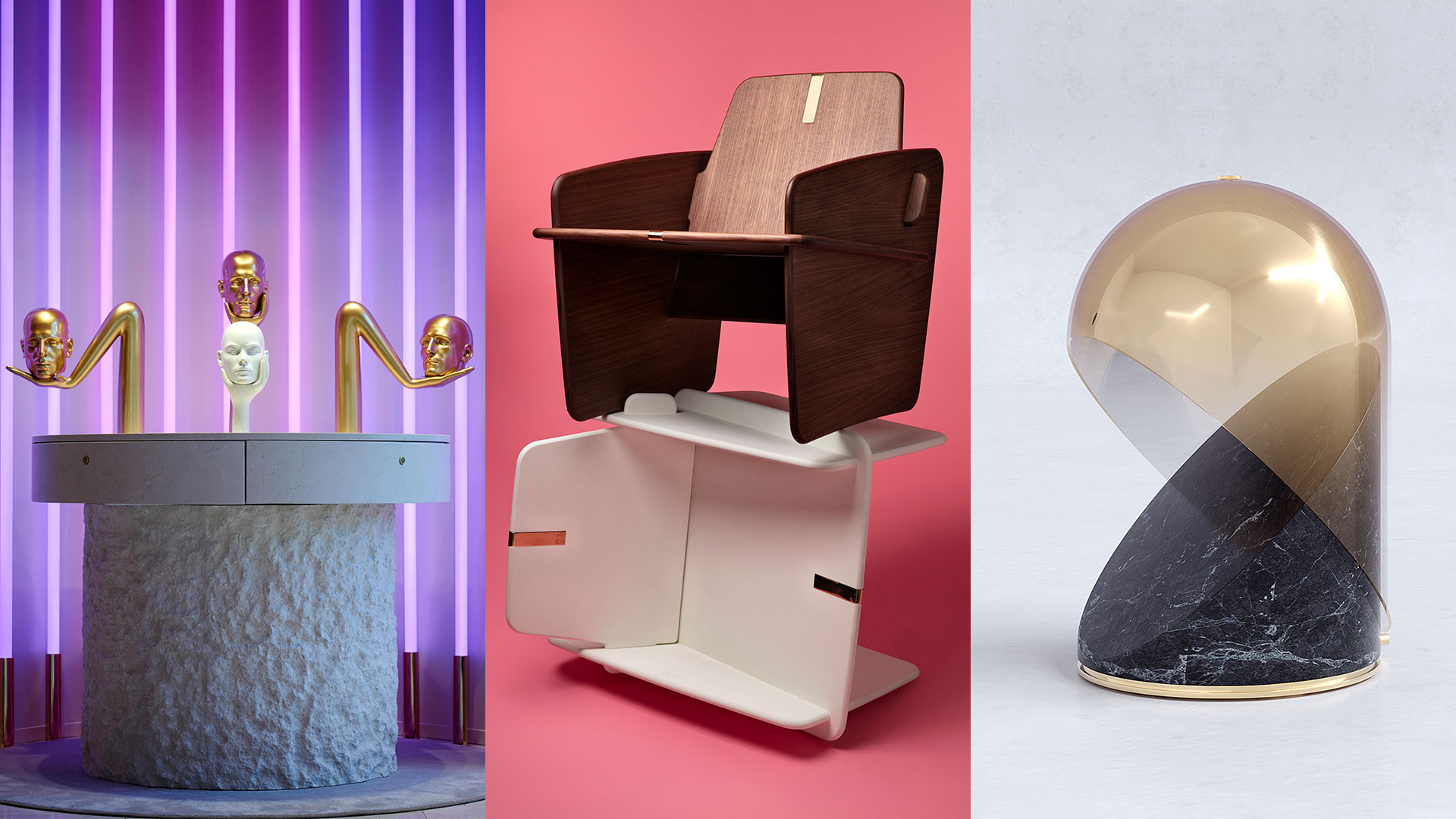
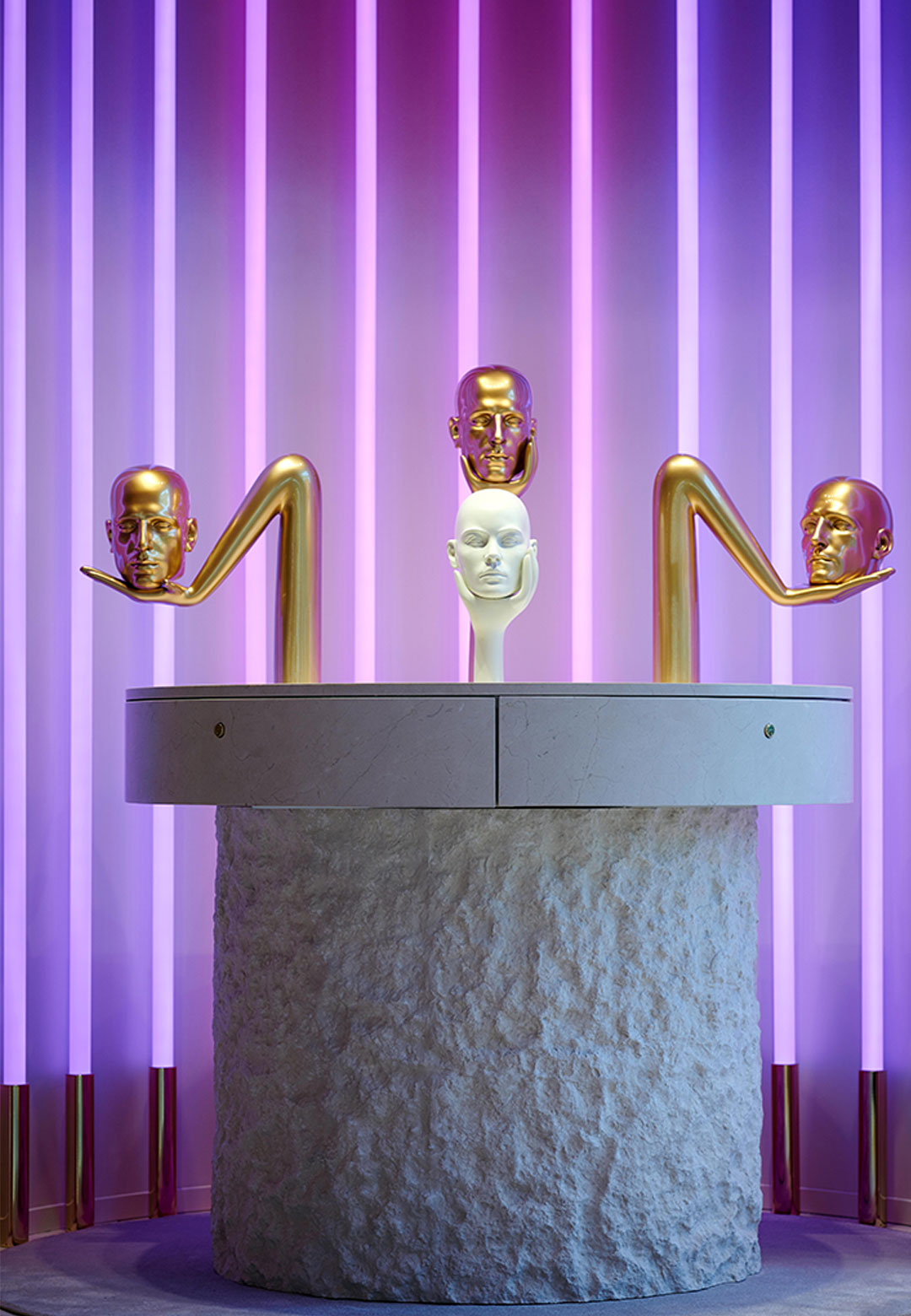
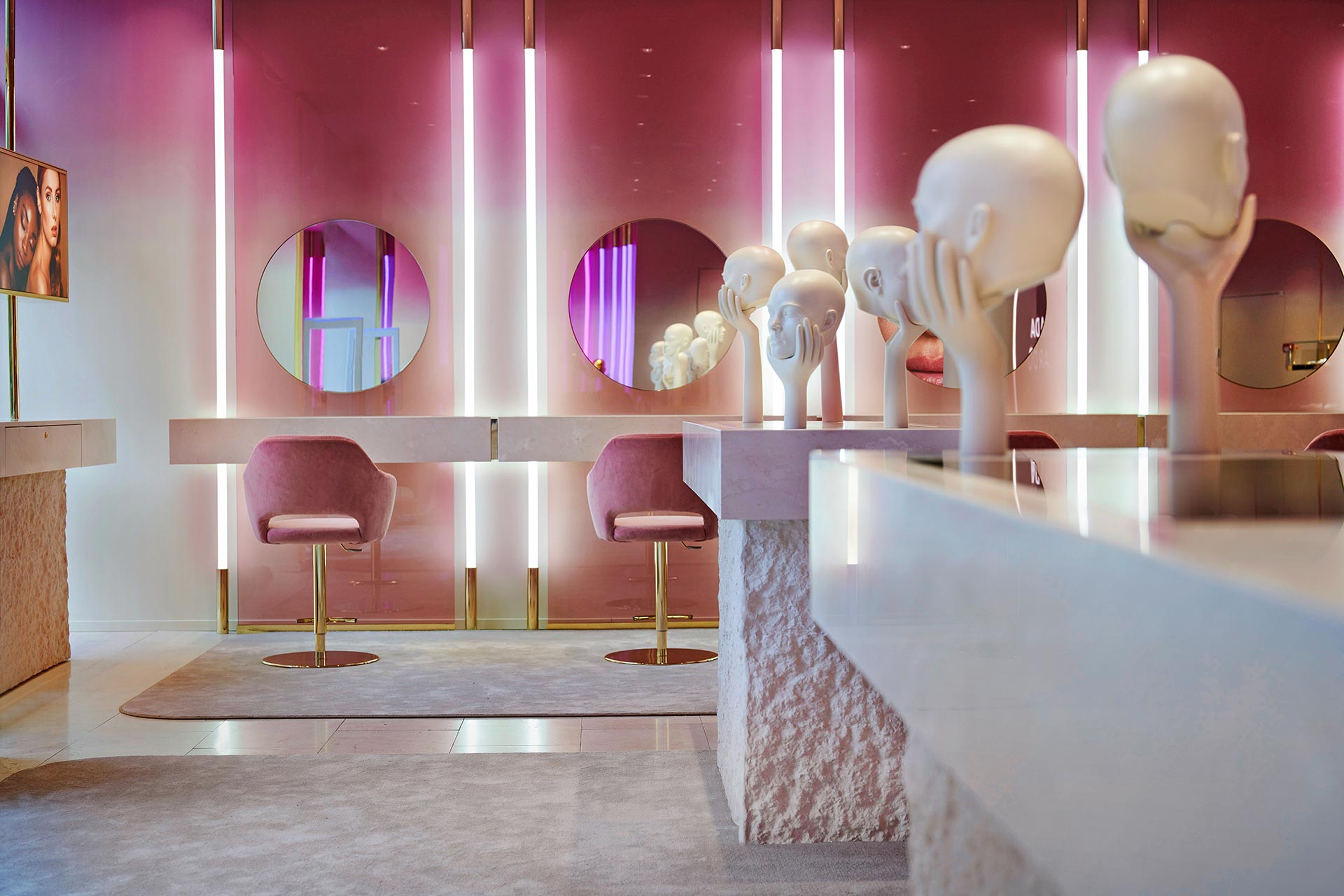
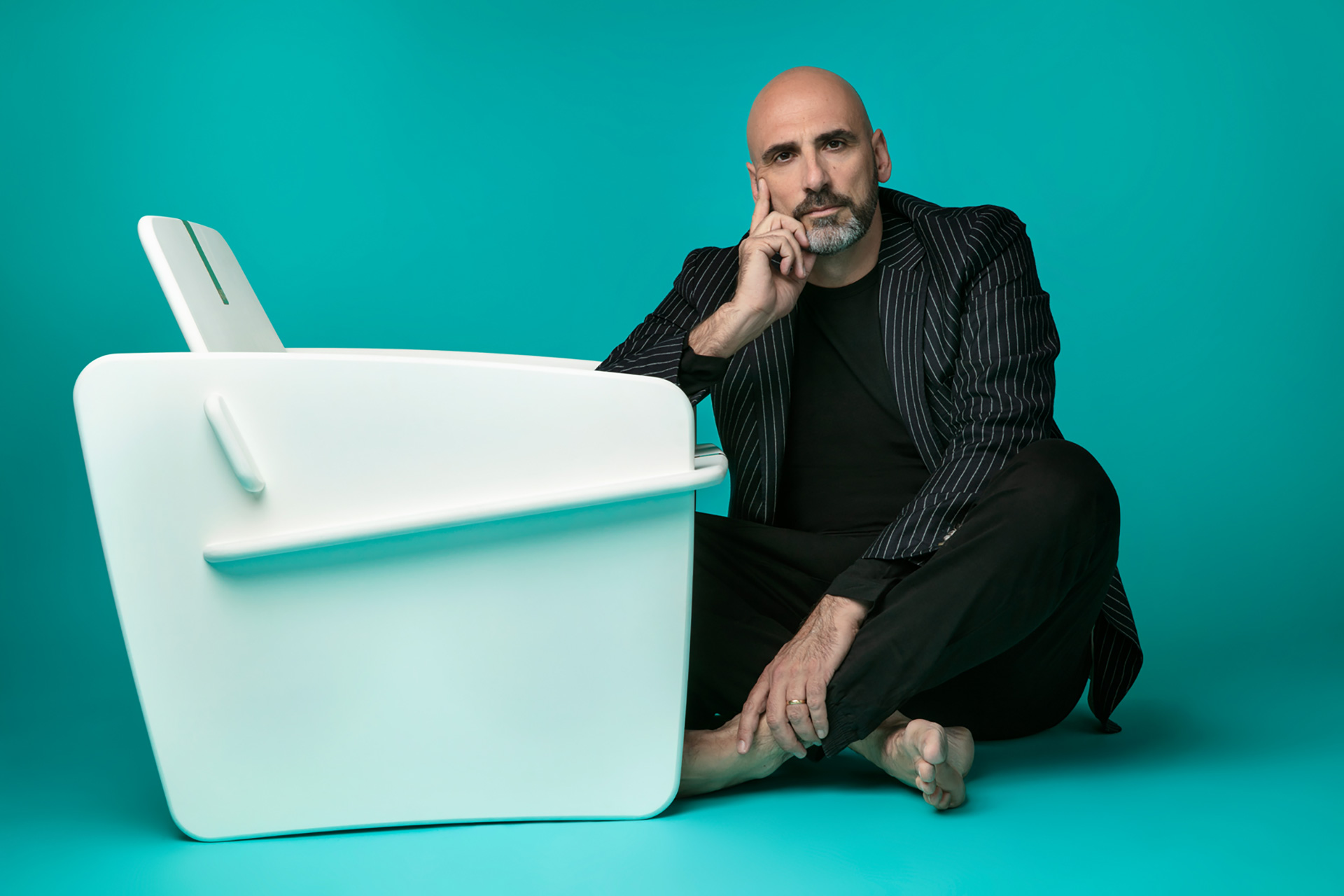
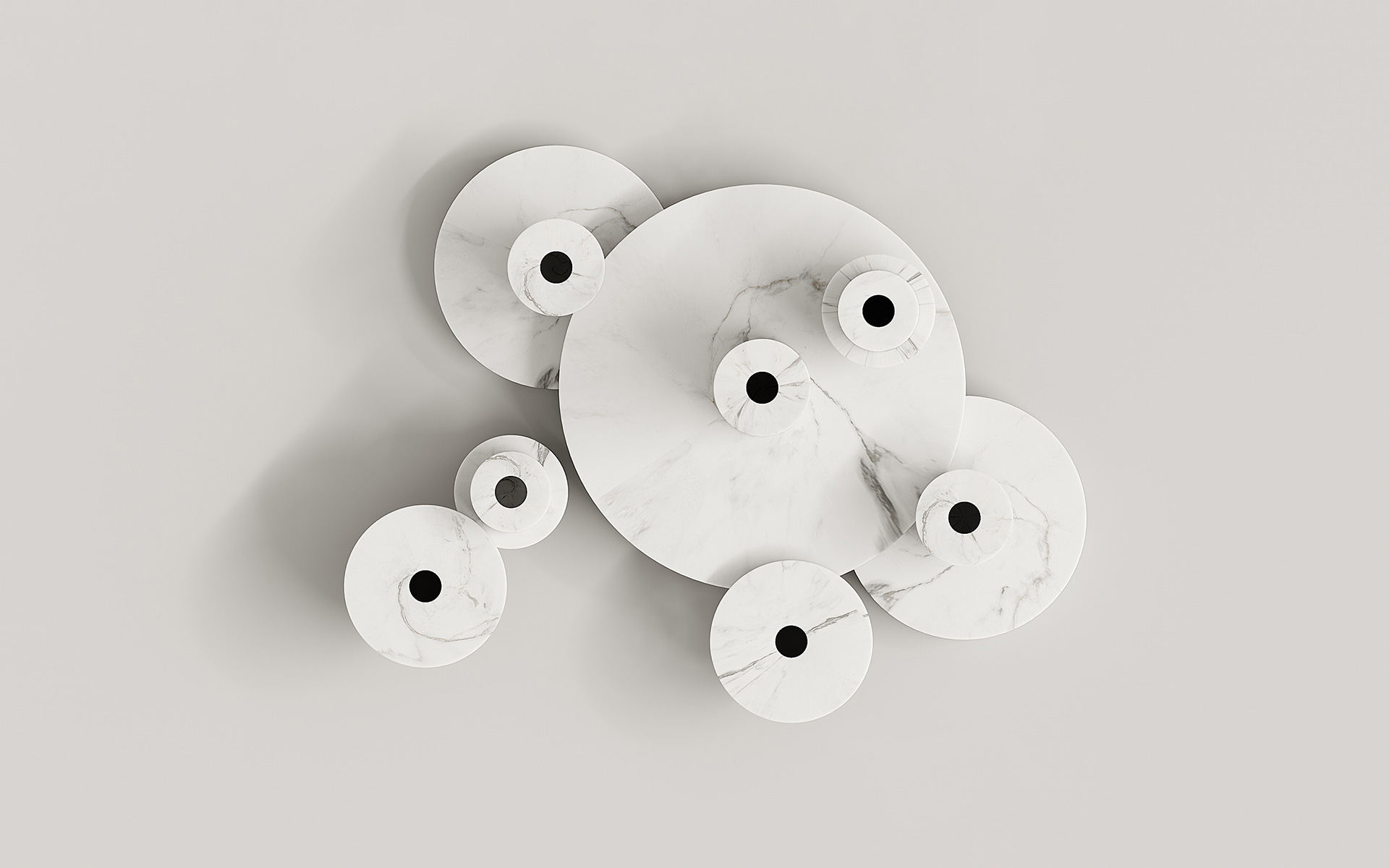
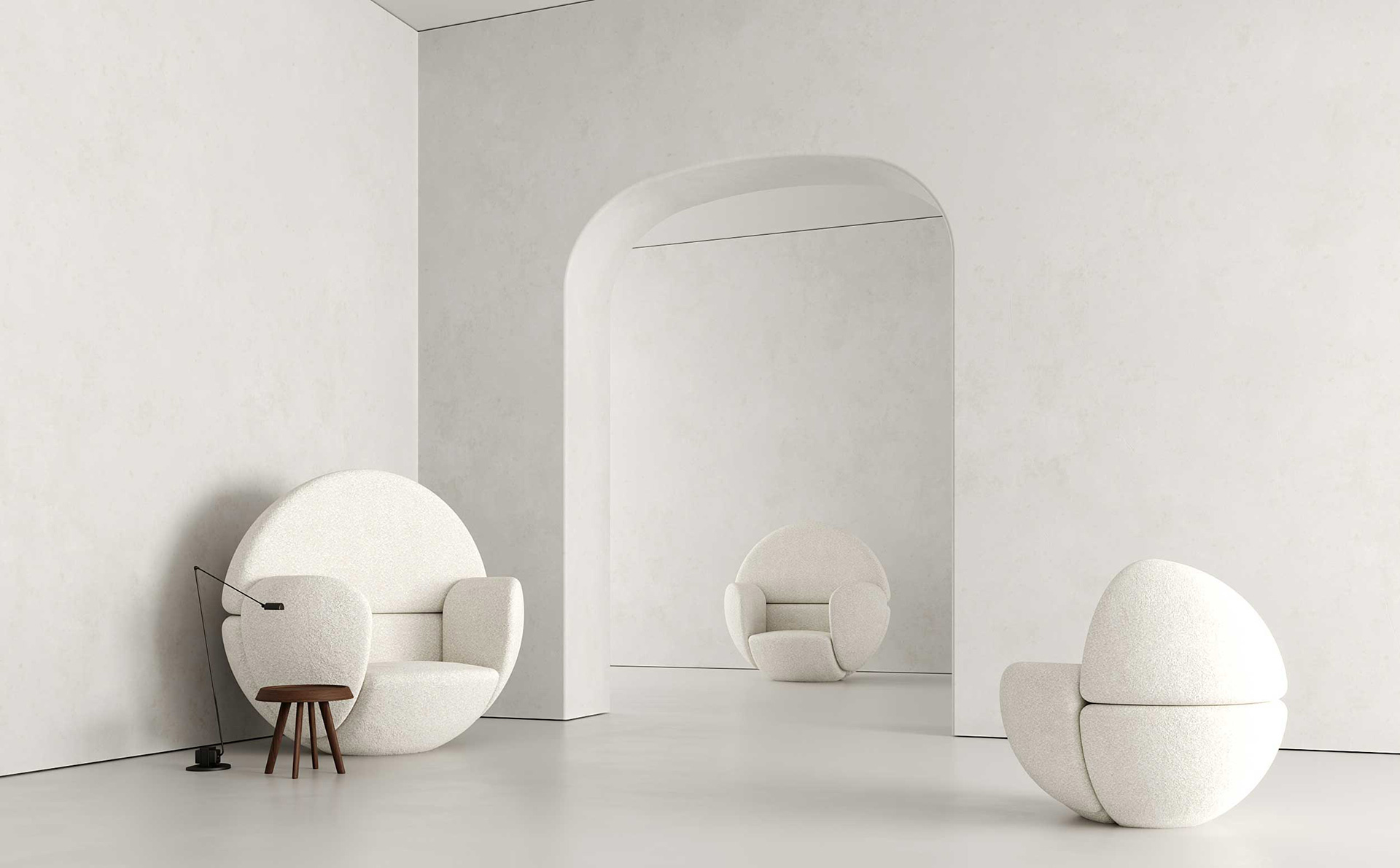
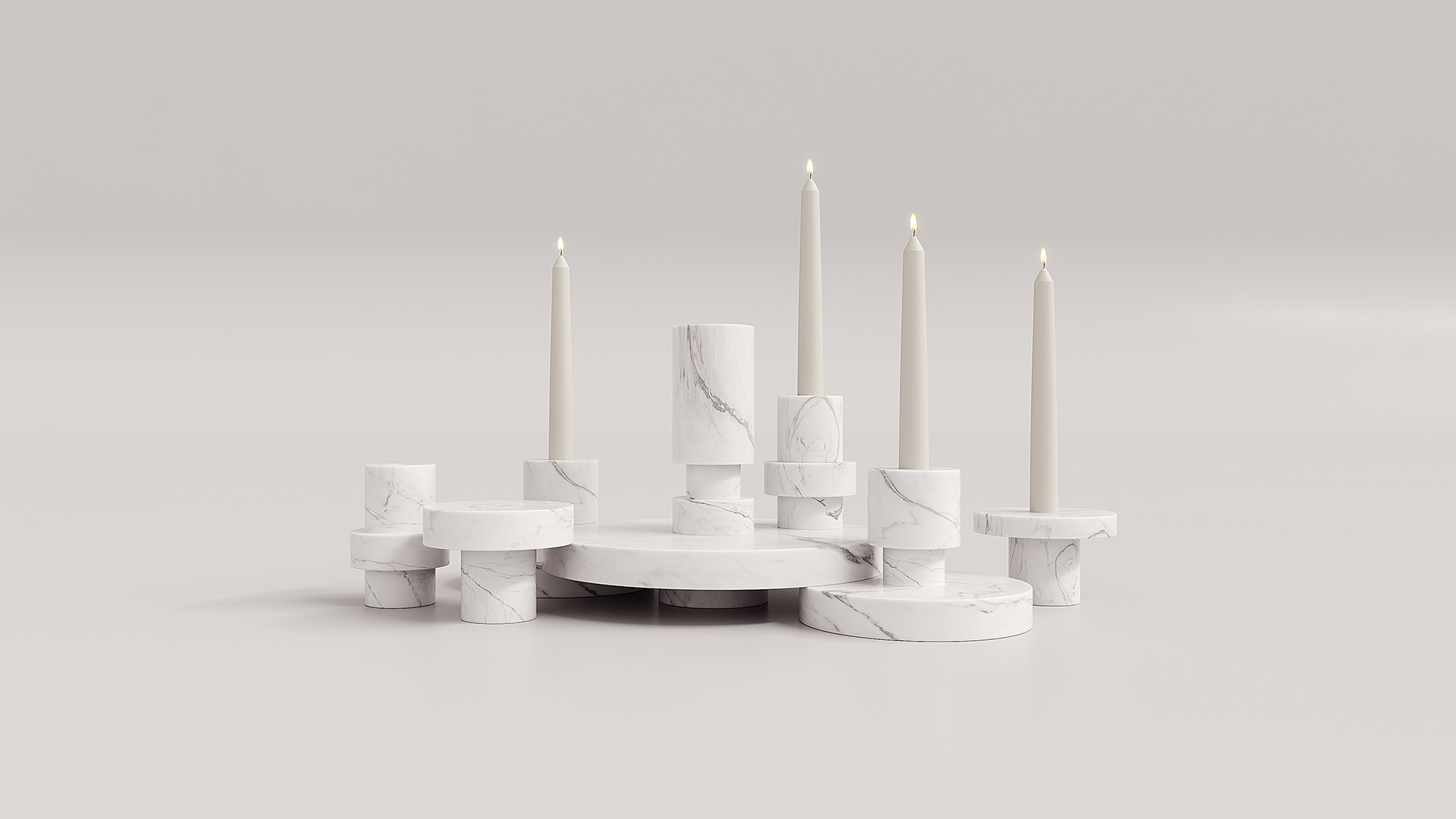
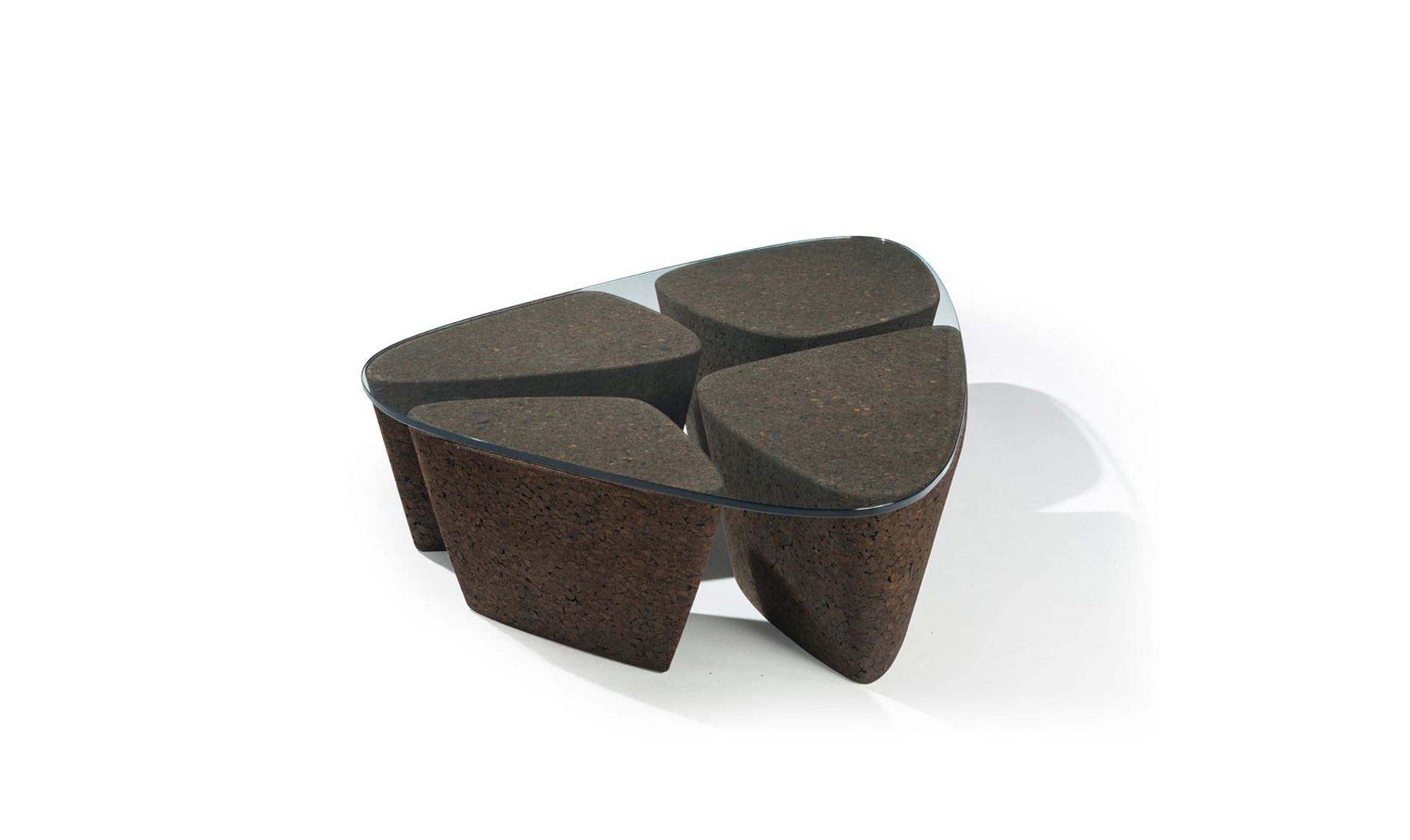
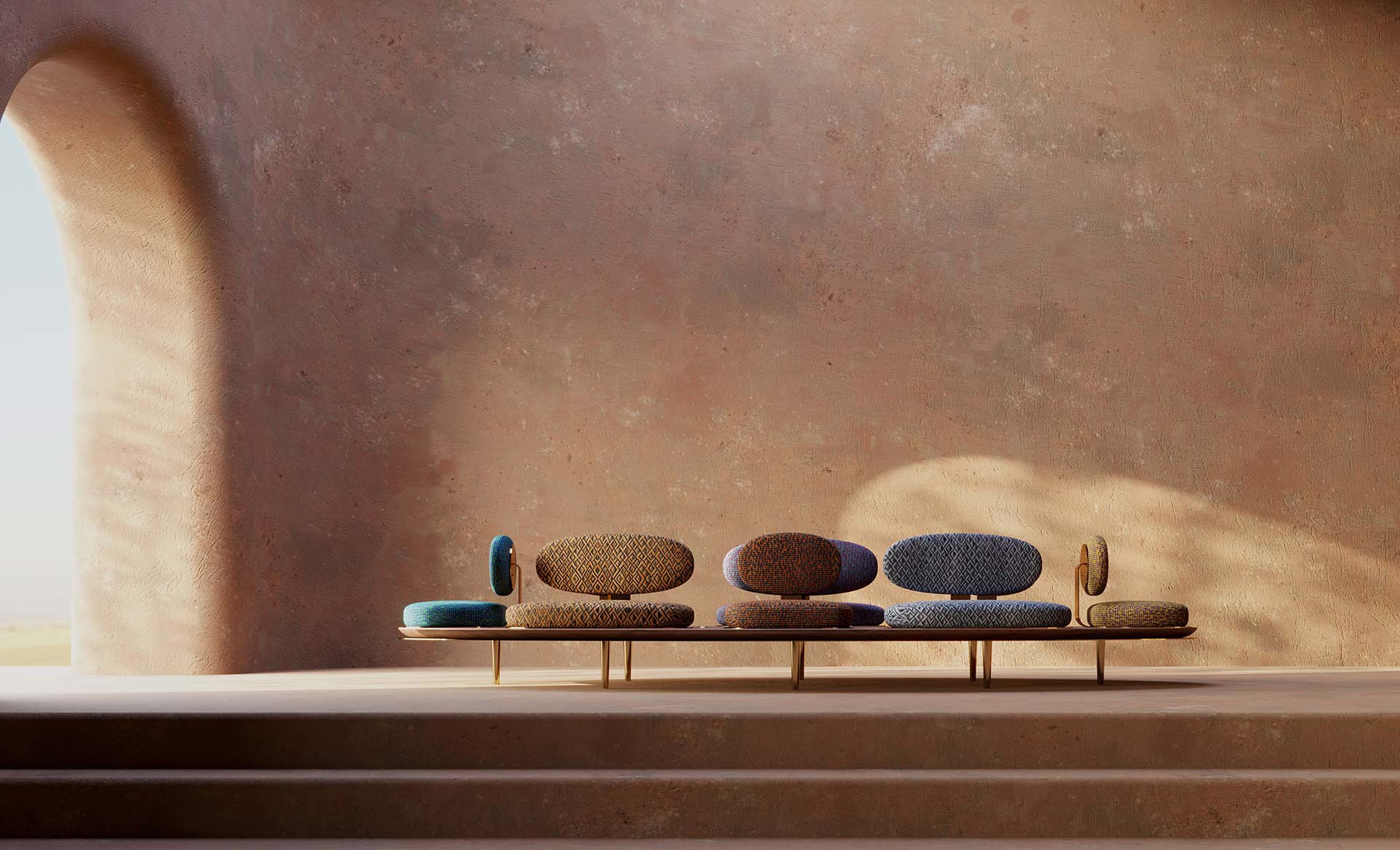
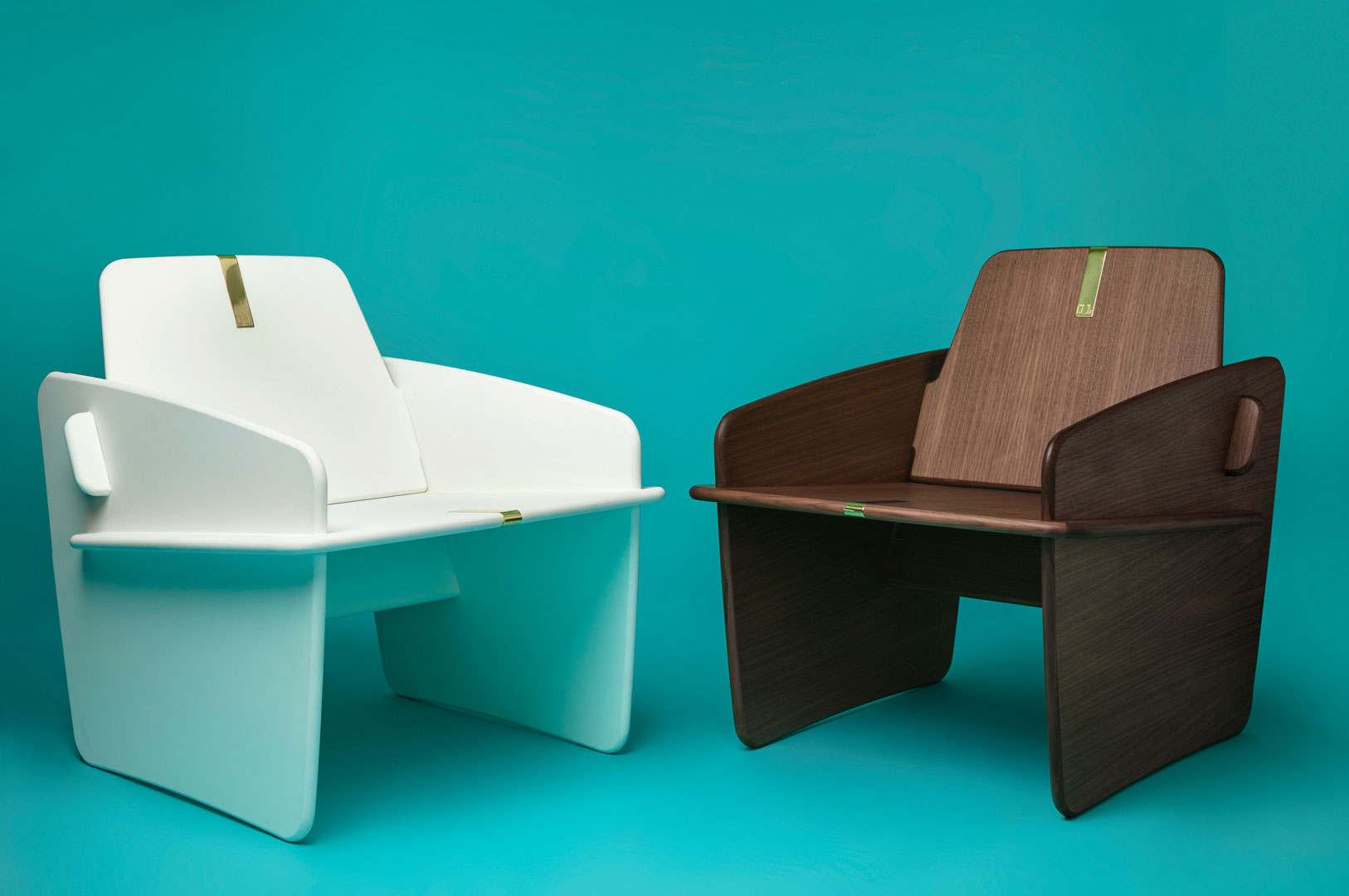
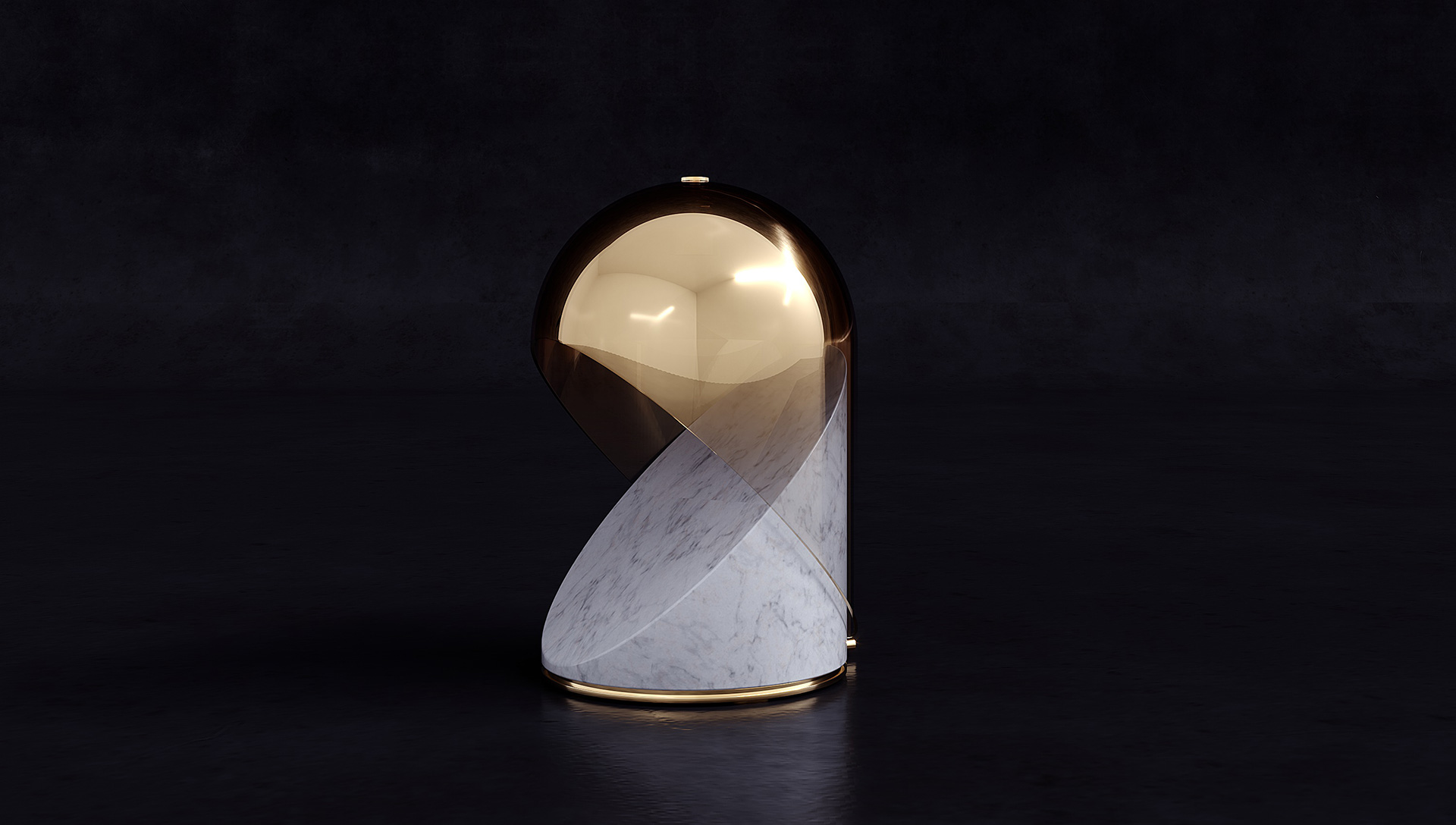
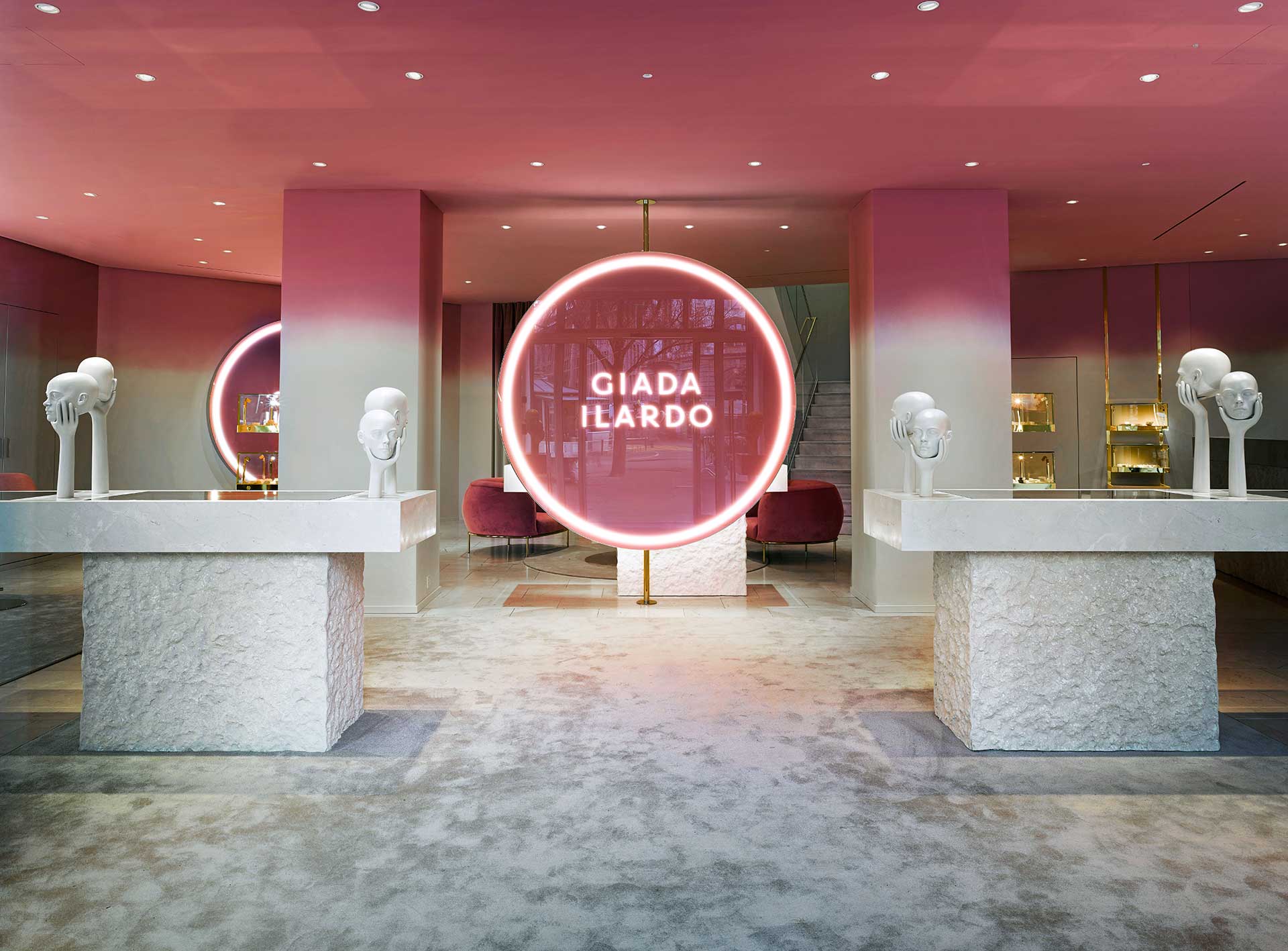
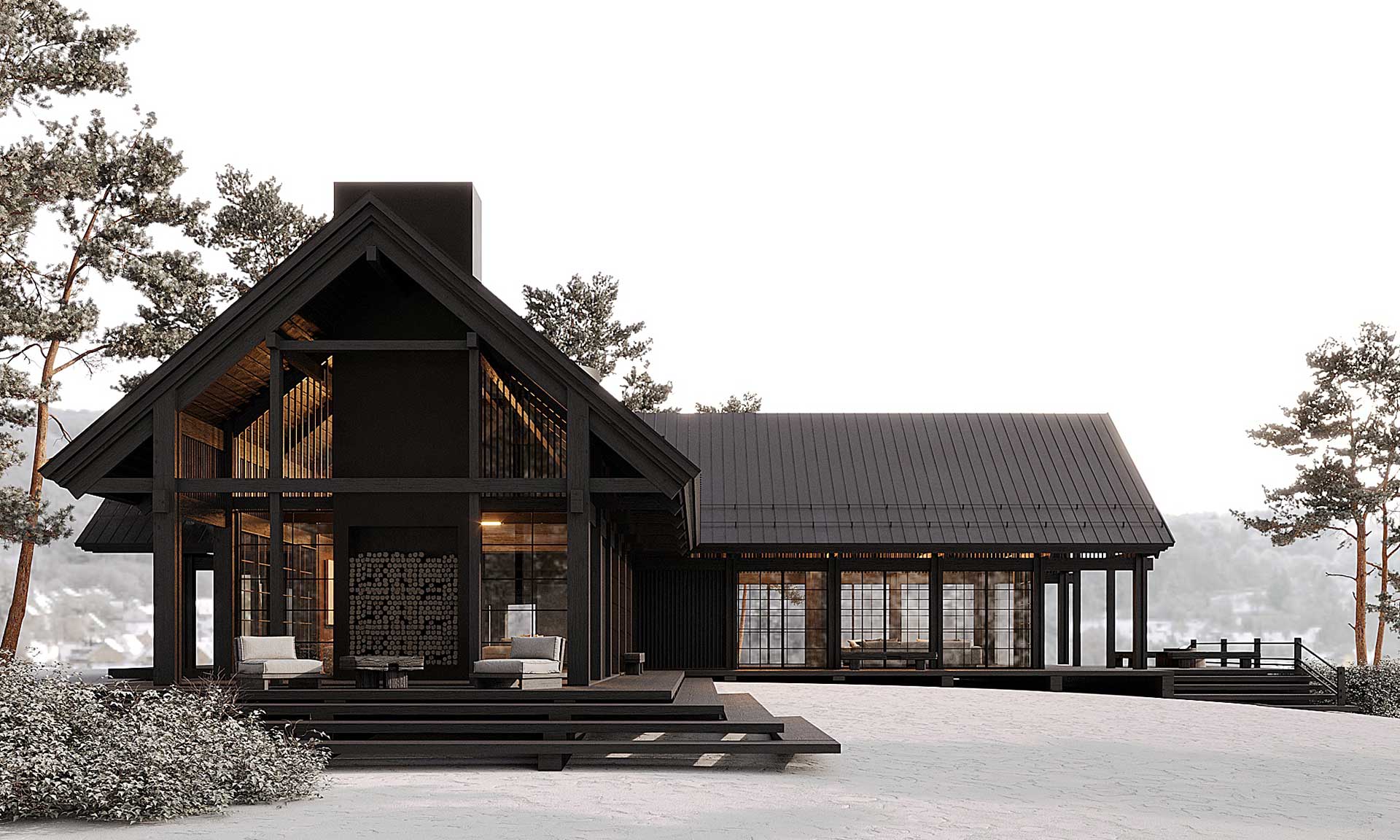






What do you think?